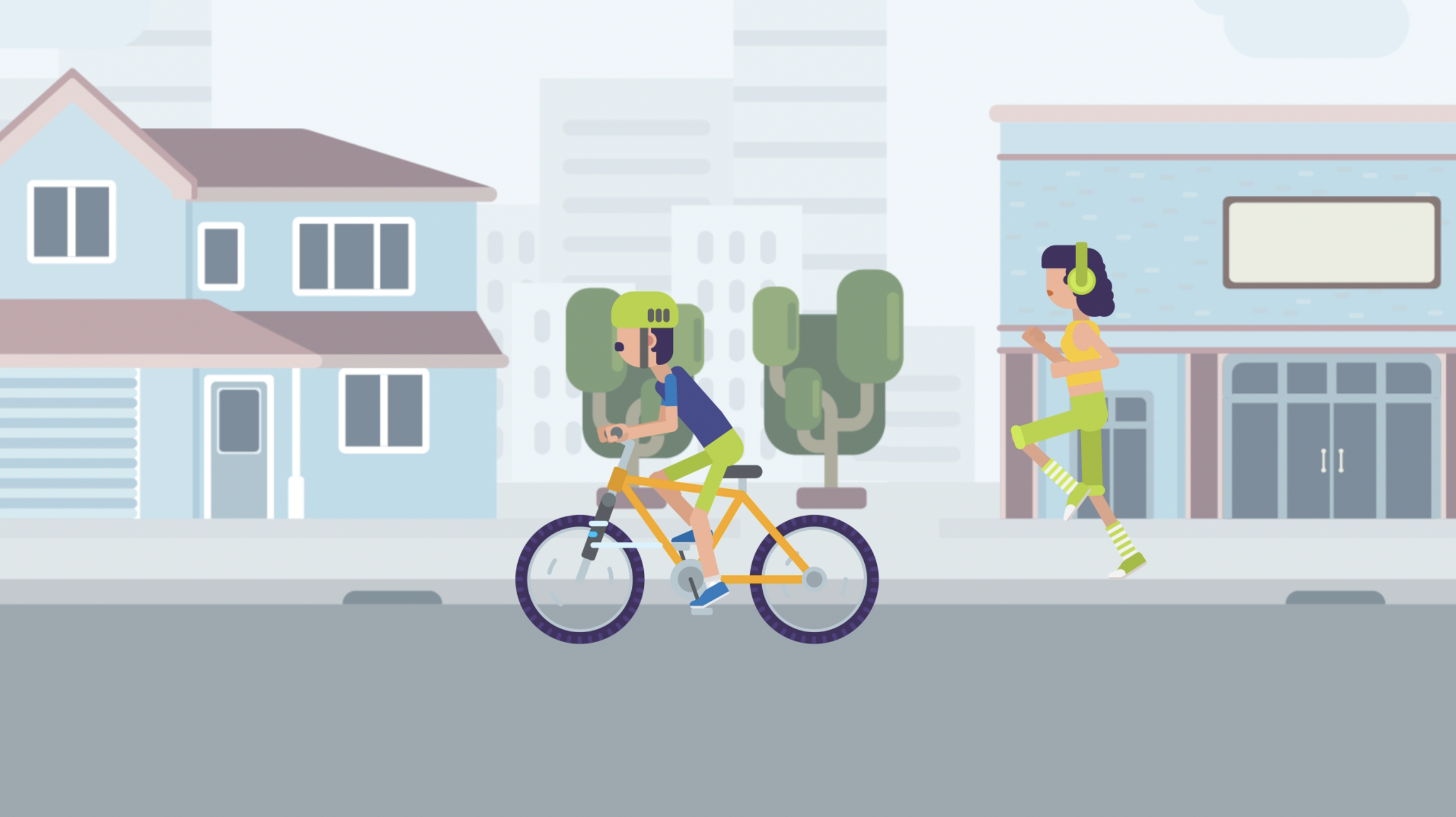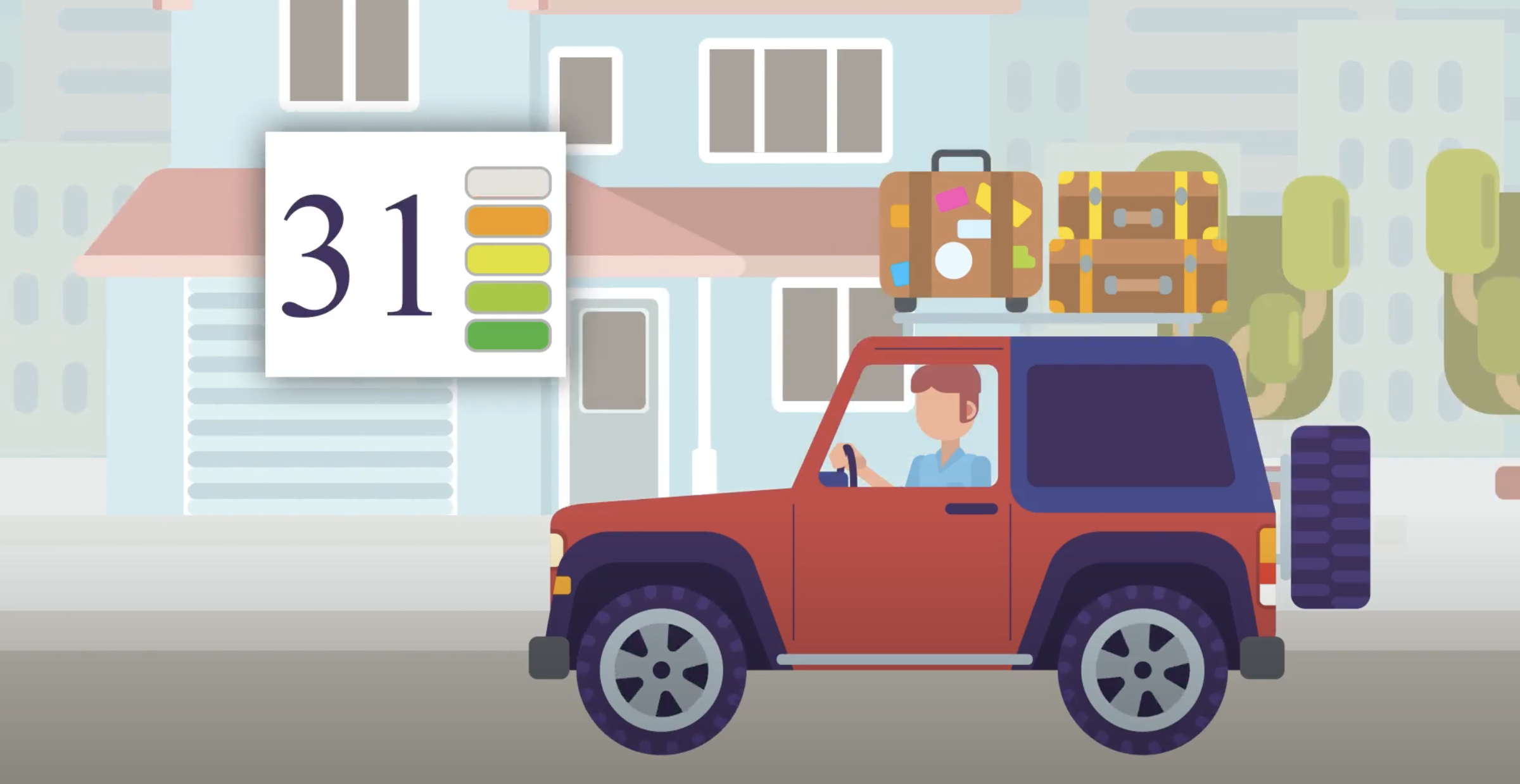Newton's Laws of Motion -
Motion in the World Around Us

Newton's Laws of Motion
Motion in the World Around Us


Sir Isaac Newton was an English scientist who made discoveries in physics, math, and astronomy. He’s known for the story in which he was sitting under a tree when suddenly, an apple fell on his head.
He wondered why the apple fell down, toward the ground, realizing that there must be an invisible force acting on the apple–the force of gravity. Gravity pulls objects toward the center of the Earth.
Gravity wasn’t his only theory. Newton also came up with the three laws of motion. These laws help us to understand how objects move in the world around us. Check out this video to find out more:
Newton's laws analyze how forces act on objects, making them move. Why do cars and bicycles move in the way that they do? What about when you're running or jumping?

To understand these laws, here are three key terms to keep in mind:

An overview of the three laws
In this tutorial, we’ll get into the details of each law to understand how they work. For now, here are some examples of these laws in action:
In the next lesson, we’ll learn more about the first law of motion…
/en/newtons-laws-of-motion/newtons-first-law/content/